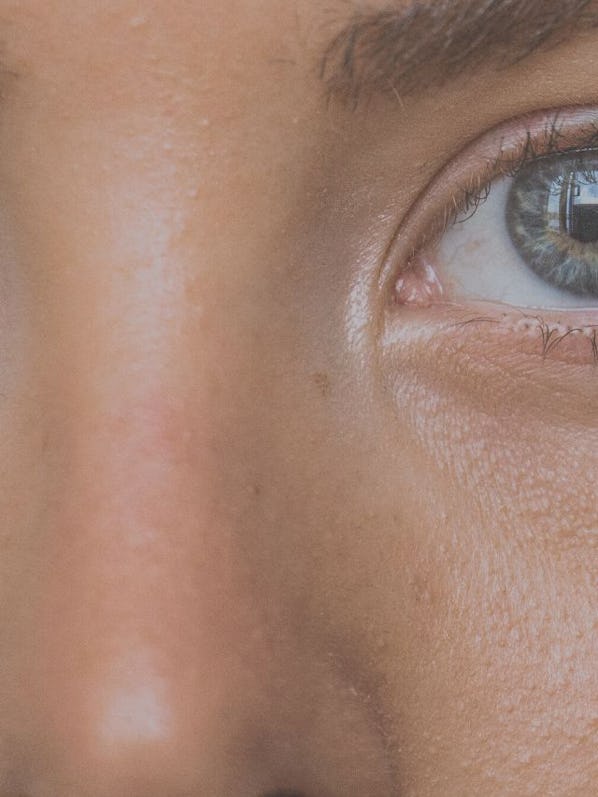
Makeup & Eye Health - The Ultimate Guide

Menopause - Sore, Red, Itchy Eyes
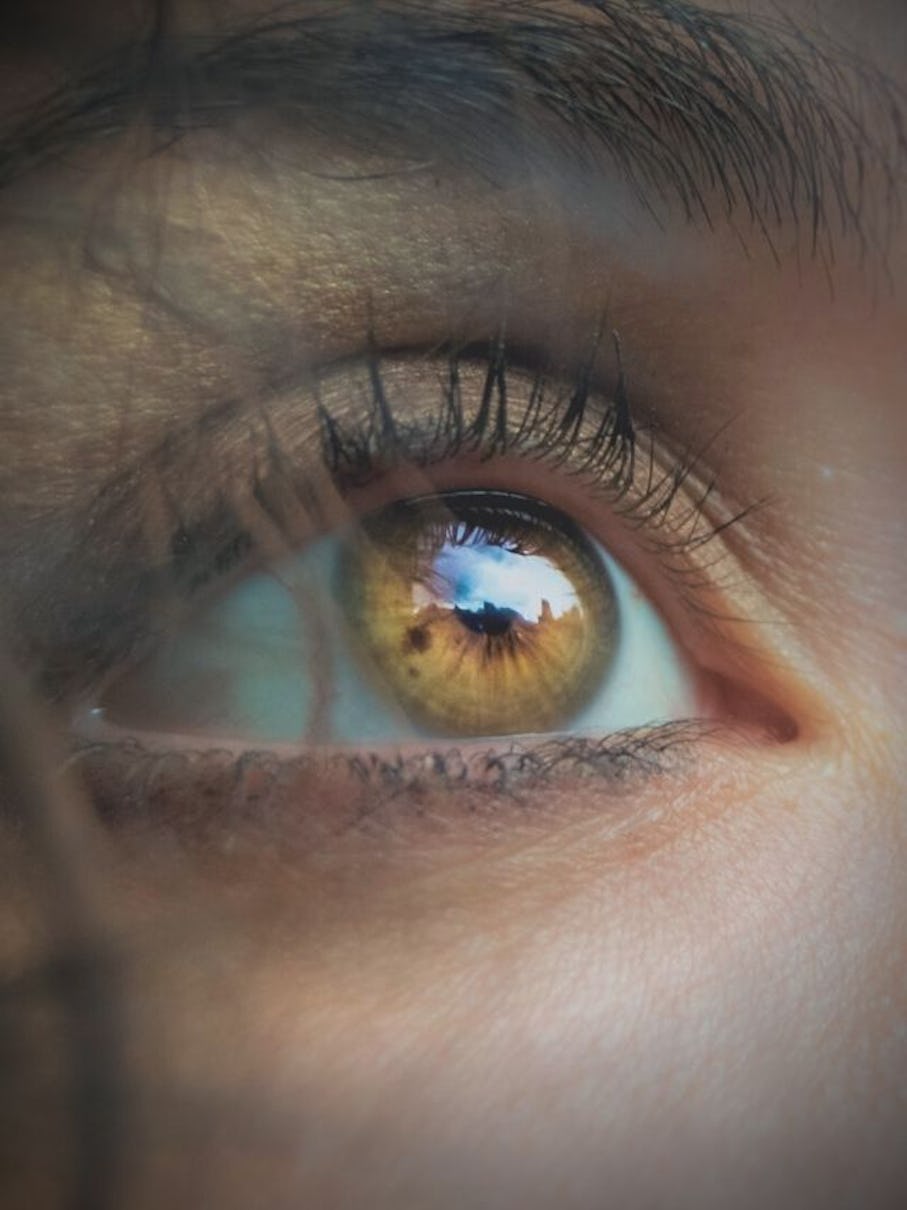
Contact Lenses - making them more comfortable
Blepharitis (blef-uh-RYE-tis) is inflammation of the eyelids, typically affecting both eyes and causing redness, irritation and scaling along the eyelid margins. It is usually caused by clogged oil glands near the base of the lashes.
Blepharitis can be chronic but can be managed through proper treatment and hygiene. It is not contagious and does not cause permanent damage to eyesight. Several diseases and conditions can cause Blepharitis.
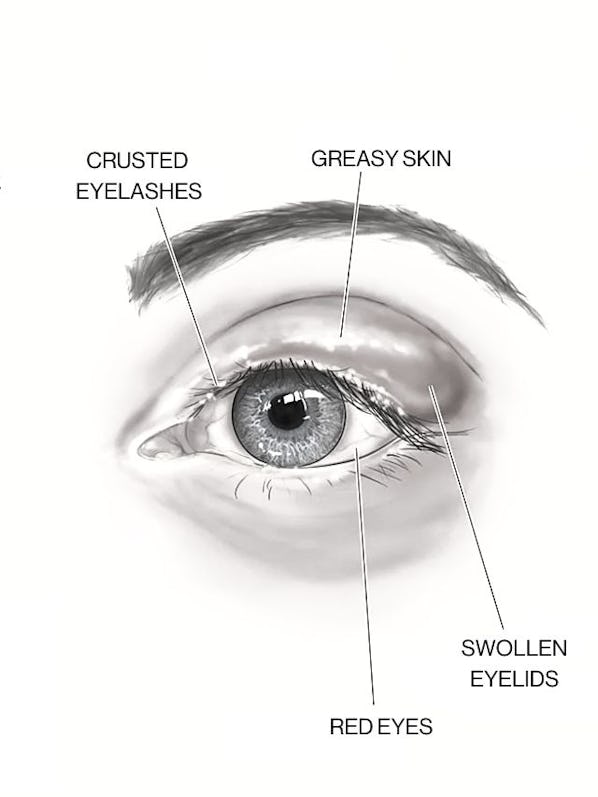
The symptoms of Blepharitis can vary, but the most common symptoms include the following:
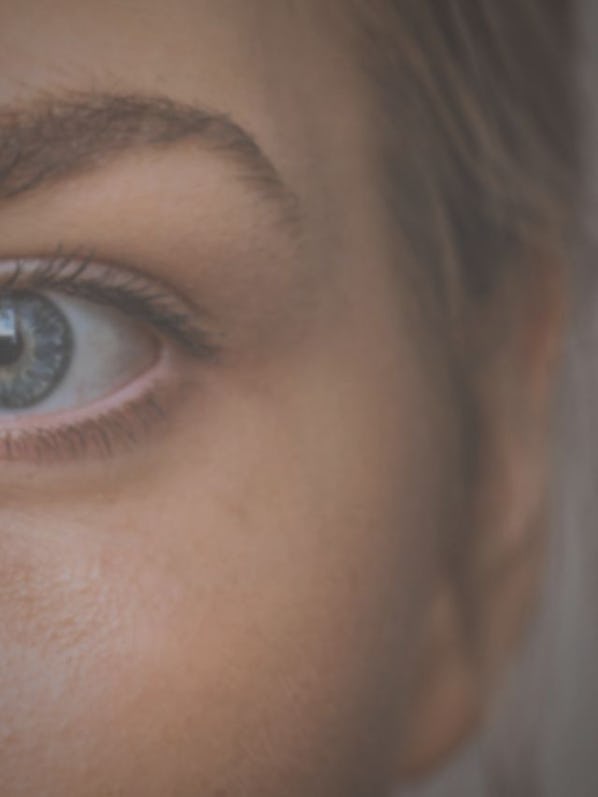
The exact cause of Blepharitis is unknown, but it is thought to result from a combination of factors. One of the most common causes is a bacterial infection, particularly by Staphylococcus bacteria.
Other factors that can contribute to Blepharitis include skin conditions such as seborrheic dermatitis, mites, and clogged oil glands. Blepharitis can also be caused by an autoimmune disorder, such as rosacea.
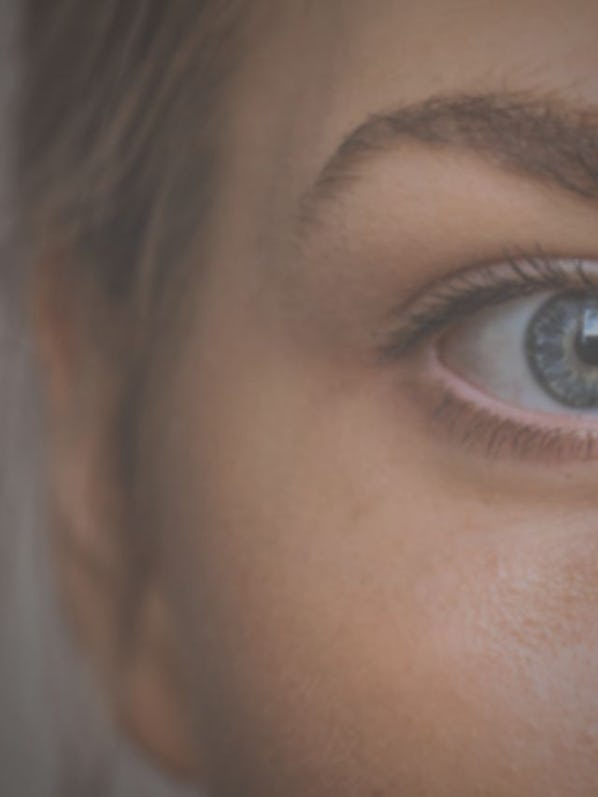
Anterior Blepharitis affects the front of the eyelid, near the eyelashes, and is often caused by bacteria or seborrheic dermatitis. Anterior Blepharitis can be caused by acne rosacea, allergies, dandruff (seborrheic dermatitis), dry eyes, or lice/mites in eyelashes (demodicosis). Rosacea causes facial skin inflammation, allergies can result in eye irritation, dandruff can cause eyelid inflammation, dry eyes can lead to infection, and eyelash follicles and glands can become blocked by lice or Demodex mites, with 30% of people with chronic Blepharitis having Demodex mites according to one study.
Posterior Blepharitis affects the inner part of the eyelid, near the eye, and is often caused by a problem with the meibomian glands, which produce oil that helps keep the eyes lubricated. Posterior Blepharitis can be caused by meibomian gland dysfunction, acne rosacea, or dandruff. Meibomian gland dysfunction results in dry eye and can cause inflammation and infection.
Blepharitis is diagnosed through a comprehensive eye exam:
Blepharitis can be confused with other eye conditions, such as dry eye syndrome, conjunctivitis, and stye. It is essential to get a proper diagnosis from an eye doctor to ensure that you receive the correct treatment.
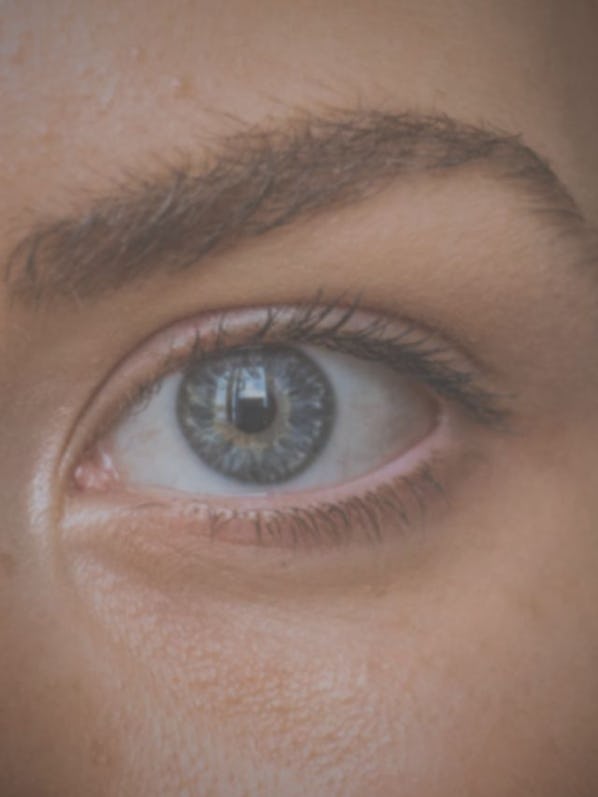
Self-care measures, such as:
(1) Cleaning your eyelids daily with a warm, damp cloth.
(2) Using a gentle eyelid scrub to remove scales and crusts from the eyelashes.
(3) Applying a warm compress to the eyelids for 10-15 minutes several times a day.
(4) Using preservative-free eye drops & eye sprays to keep the eyes lubricated.
Antibiotics applied to the eyelid have been shown to provide relief of symptoms and resolve bacterial infection of the eyelids. These are available in several forms, including eyedrops, creams and ointments. If you don't respond to topical antibiotics, your doctor might suggest an oral antibiotic.
Your doctor might prescribe antibiotic and anti-inflammatory drugs (including steroid eye drops or ointments) when patients don't respond to other therapies.
Topical cyclosporine may relieve some signs and symptoms of blepharitis.
Blepharitis caused by seborrheic dermatitis, rosacea or other diseases might be controlled by treating the underlying condition.
In severe cases, more aggressive treatments, such as eyelid surgery, may be necessary. Your eye doctor will work with you to determine the best course of action based on the severity of your condition and your individual needs.
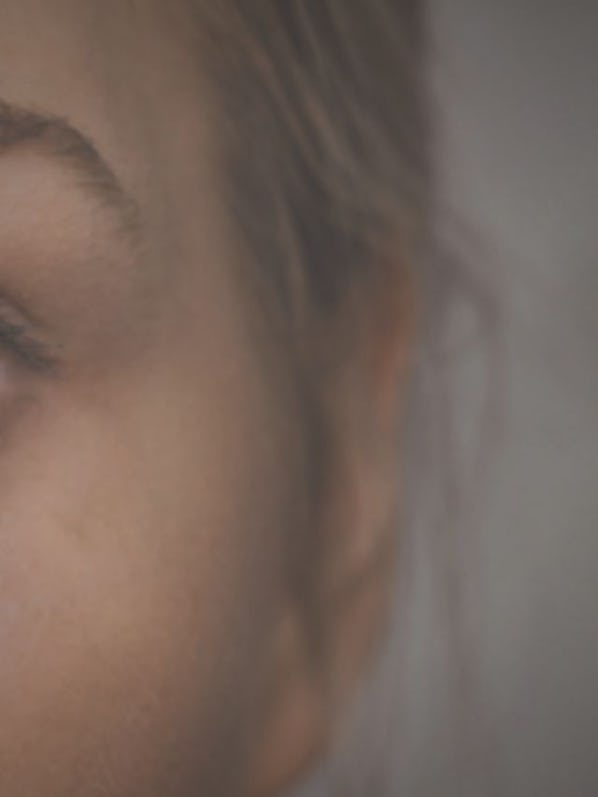
Many Blepharitis cases aren’t preventable. Some risk factors for Blepharitis, such as certain skin conditions, are beyond your control. Here are some steps you can take every day to help with the symptoms:
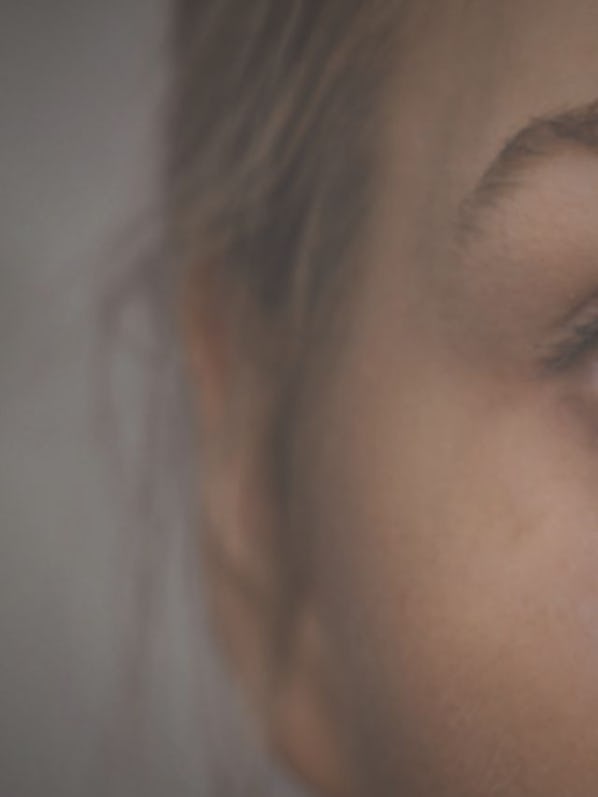
Dry eyes and excessive tearing can be caused by abnormal oily secretions or flaking dandruff from your eyelids. Tears exist in a delicate balance of mucus, oil and water to keep your eyes moist and protected. If skin or oily debris accumulates and causes irritation, you can develop dry eyes or excessive tearing.
Dry eyes can get worse when Blepharitis causes you to excrete unhealthy oils - affecting the tear film and causing dry eyes.. Healthy oils secreted by the eyelid margin help protect the tears from evaporating.
Blepharitis can cause your eyelashes to fall out, grow abnormally (known as 'misdirected' eyelashes or trichiasis) or lose colour.
Scarring can develop on your eyelids from long-term blepharitis. Or the eyelid edges might turn inward or outward.
A stye is an infection that develops near the base of the eyelashes. Styes are usually most visible on the surface of the eyelid. The result is a painful red lump on the edge of your eyelid.
A chalazion occurs when there's a blockage in the small oil glands on your eyelid, just behind the eyelashes. This blockage causes gland inflammation, which makes the eyelid swell and reddens. This can clear up or turn into a hard, non-tender bump.
Blepharitis can lead to recurrent bouts of pink eye (conjunctivitis).
Constant irritation from inflamed eyelids or misdirected eyelashes can cause a sore on your cornea. Not having enough tears could increase your risk of a corneal infection.
A corneal ulcer (keratitis) is a sore on your cornea due to prolonged infection or eyelid swelling.
How can I reduce the risk of eye infections, Blepharitis, etc. while flying? Try the following:

Blepharitis is a common eye condition that affects the eyelids and can cause discomfort and other symptoms. While it is a chronic condition that requires ongoing management, it can be controlled with proper treatment and hygiene. See an eye doctor for an accurate diagnosis and determine the best treatment for your needs.
Good hygiene practices, such as cleaning your eyelids daily and using a warm compress, can help manage the symptoms of Blepharitis. Medications, such as antibiotic ointments and steroid eye drops, can also effectively treat the condition. In severe cases, surgery may be necessary.
